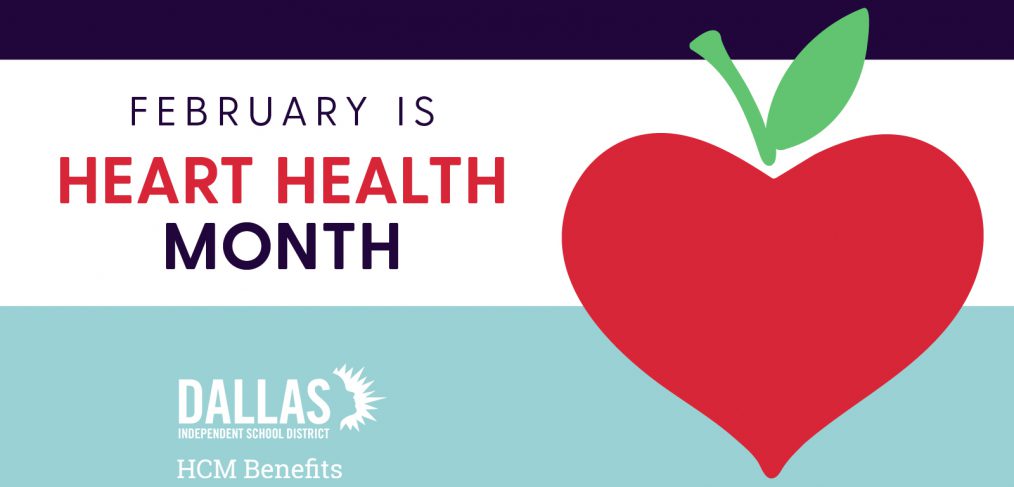
Sweeter is not always better for the heart
The United States faces an obesity epidemic, which contributes to cardiovascular disease among other health issues. One of the leading causes of this epidemic is the amount of sugar people consume on a daily basis.
While many common processed foods like cereals and pastries have a high sugar content, according to the American Heart Association, the main source of added sugars—46% of all added sugars—are beverages:
- Soft drinks – 25%
- Fruit drinks – 11%
- Sport/energy drinks – 3%
- Coffee/tea with sugar– 7%
How does sugar affect the Heart?
When we eat excess sugar, the extra insulin the body produces has a greater chance of affecting the arteries. Insulin is the hormone produced in the pancreas that regulates the amount of glucose in the bloodstream. Added insulin causes the arterial walls to inflame, grow thicker than normal and stiffer, which stresses the heart and damages it over time. This can lead to different types of heart diseases like heart failure, heart attack and stroke.
People who eat excess sugar—at least 25% of net calories coming from sugar—are twice as likely to die of heart disease than those whose diets include less than 10% of total calories from sugar. This is added sugar from processed foods and not the sugar that naturally occurs in fresh fruits and vegetables that is easier for the body to process and less likely to lead to obesity.
The American Heart Association recommends:
- Men consume no more than nine teaspoons (36 grams/ 150 calories) of added sugar per day.
- Women consume no more than six teaspoons (25 grams/ 100 calories) per day.
For example, one 12- ounce can of soda contains eight teaspoons (32 grams) of added sugar, which is more than the recommended daily amount for women and the daily recommended amount for men.
Changing habits is not always easy, but substituting sugary beverages for water, even if it’s just one a day to start with, can lead to better heart health. Watching intake of added sugar has been made easier because food producers are required to list the amount of added sugars in the Nutritional Facts label. Studies show that with time, labeling will educate consumers enough that it could potentially prevent nearly 1 million cases of cardiovascular disease and Type 2 diabetes over the next two decades.



